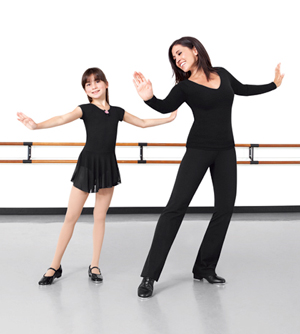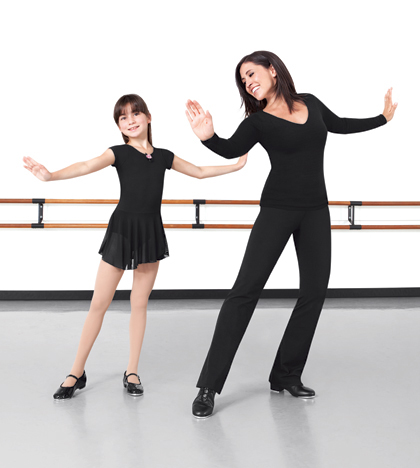Lana Brooks – Teaching to Learn Part II
 In the article “Teaching to Learn, Part 1,” I explained the seven different learning styles and discussed how we as dance teachers, can make teaching the art of dance accessible to all types of learners.
In the article “Teaching to Learn, Part 1,” I explained the seven different learning styles and discussed how we as dance teachers, can make teaching the art of dance accessible to all types of learners.
Today, I’ll discuss the other side of the dancer-teacher relationship. OUR part, the dance teacher and teaching method part. Just as there are different types of learning styles, there are different types of teaching styles. And just like our students, each teacher has a specific style of instruction they are stronger and more comfortable with.
Let’s explore the four major teaching styles.
1) Formal Authority
Think old school Russian ballet. This style is very lecture-oriented, with the teacher explaining and demonstrating material as fact. Students do not participate in the teaching process and are expected to retain and perform all information immediately.
2) Demonstrator
This is probably more the style of what we experience in dance studios today. The teacher is still the authority figure, setting the class tone, curriculum, and demonstrating, but students are allowed to participate and ask questions, thus being more engaged.
3) Facilitator
This teacher organizes students into partners or groups for learning and guides them in the learning process. Teachers are present to help navigate but the dance students are the center, exploring ideas and solving problems together.
4) Delegator
This teacher gives students assignments and the students are in charge of their own personal learning, discovery, and problem solving process. Though the student is working independently, their teacher is still available to answer questions and give guidance as needed.
When reading these explanations, it seems that the most successful teaching style in today’s studio setting would be DEMONSTRATOR. Parents are paying us teachers to instruct and guide their children in the art of dance. And the DEMONSTRATOR style appeals to the traditional visual, aural, and verbal learning styles.
But let’s be honest. Sometimes our students seem to lose interest in class and act bored. That’s when it is time to mix up your teaching style. Why not be a DELEGATOR and give your students simple homework? Have them look up ballet synopsis’, famous dance history figures, or a particular step online or on YouTube and report back to you the following week. Do you teach the young ones? Give them dance themed coloring sheets or vocabulary words to memorize for the next class?
Be a FACILITATOR and have your students come up with combinations, with your guidance, for the center or across the floor portion of class. You can easily divide the class into groups, assign an allegro, pirouette, adagio, or tendu combination, and let them explore. Think of the creativity you will unleash and as an added bonus, you will introduce them to their first experience of choreography.
FORMAL AUTHORITY is a great way to share the history of your dance genre with your students. Tell them the historical background of what they are studying. It will only help them understand and fall more in love with the art they are learning
Remember, you can’t teach a style wrong. It might feel a little uncomfortable to step outside of your style “comfort box”, but it can only benefit your student’s learning process. Explore these different styles when teaching new material or when you are trying to have your students really understand an objective. Of course different ages and different abilities will respond differently to your teaching style, but don’t give up! Like the saying “learning is a process, not a destination” and I believe the same goes for teaching. As we open our selves up to new ideas and techniques we evolve into stronger, smarter, and better teachers.
Until next time, teach, inspire and grow.



